Anthony Eliot Striker (18) and Tina Thao-Nhi Schatz (18), both from Herder-Gymnasium Berlin, took first place nationwide in the ‘Jugend forscht’ competition in the field of biology with their project on a microbial fuel cell. They carried out their research last year in the GeoBioLab - Helmholtz Laboratory for Integrated Geo-Biological Research at the GFZ in Jens Kallmeyer's working group.
For their national victory, they received 2,500 euros in prize money and an invitation to the London International Youth Science Forum as a special prize.
The laudation said:
“The jury was impressed by the innovative spirit, perseverance and enthusiasm with which Anthony Eliot Striker and Tina Thao-Nhi Schatz developed a microbial fuel cell with great future potential. They were impressed by the scientific precision of both the electrochemical and molecular biological approaches that the team skilfully combined to develop the fuel cell.”
Research work at the GFZ
The two young researchers initially approached the GFZ about a year ago via the school laboratory and were finally able to carry out their project in the GeoBioLab. For over a year, the two students worked in Dr Jens Kallmeyer's working group in Section 3.7 Geomicrobiology on the realisation of a microbe-based fuel cell.
In a conventional fuel cell, chemical processes at the electrodes achieve charge separation and thus generate an electrical voltage. The microbial fuel cell utilises the fact that some bacteria, such as the Shewanella oneidensis used in this case, generate electrons during their energy metabolism, which they can transfer directly to an electrode. This allows a voltage to be built up. A possible area of application for these fuel cells would be the generation of electricity in sewage treatment plants, whose waste water could serve as food for the microbes.
The basic idea of using microorganisms to separate charges is over a hundred years old, but has not yet been realised with the necessary efficiency. Important problem areas here are, for example, the composition of the electrolyte solution between the electrodes, clogging of the membrane between the reaction chambers around the two electrodes and the service life of the electrodes.
Impressive work
“When Anthony presented his project idea, I was very impressed: his concept was at a level that I rarely see even from doctoral students,” reports Kallmeyer. Although there were initially some problems with the realisation, solutions were found through numerous discussions with the scientific and technical staff.
In the end, the work came to a successful conclusion: the microbial fuel cell supplied electricity, thus fulfilling the basic task. True to the motto: ‘Better is the enemy of good’, the two went on to modify the genome of another bacterium, Escherichia coli, to give this organism, which is much easier to cultivate, the ability to produce electricity. This endeavour was also successful. However, further challenges arose, such as adapting the medium in order to achieve optimum growth rates. These optimisation steps could not be investigated until the end of the project.
“The collaboration with the two of them and their great final presentation really impressed me and my colleagues deeply,” emphasised Kallmeyer. “Unfortunately, we were unable to convince them to continue in the geosciences.”
Instead, Anthony Striker will begin his studies in molecular biology at Harvard (USA) in the autumn, while Tina Schatz will study medicine in Germany.
59th Jugend forscht competition: the path to 1st place
In this year's 59th Jugend forscht national final, which took place from 30 May to 2 June 2024 at the ‘experimenta’ science centre in Heilbronn, 175 children and young people up to the age of 21 competed with 107 projects in seven subject areas. They presented their projects at self-designed exhibition stands with posters, photos or models. During the jury discussion, they first briefly presented their project and the results of their research work. They then answered the jury's questions.
The finalists had previously prevailed in regional and national competitions. With over 10,000 young researchers in 5,753 projects in total, this year's competition saw record participation.
The work of the jury
Each subject area has its own specialist jury, made up of experts from science, business and schools. The jury members evaluate the projects on the basis of the written elaboration, the visual presentation as part of the design of the exhibition stand and the jury discussion.
The GFZ student laboratory has also been regularly involved in the juries of this competition for years: Manuela Lange, Head of the GFZ School Lab, is a member of the ‘Earth and Spatial Sciences’ expert jury of the Youth Research Competition at regional level (Brandenburg East).
The prizes
This year's prize money in the field of biology was donated by the Helmholtz Association of German Research Centres with the support of the German Cancer Research Centre (DKFZ), while participation in the London International Youth Science Forum was sponsored by the Ernst A. C. Lange Foundation.
The project on the Jugend forscht website



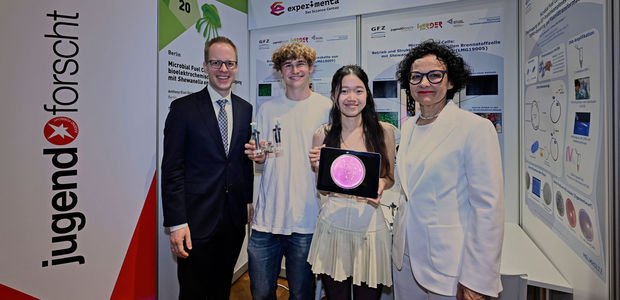
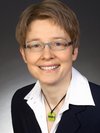

![[Translate to English:] Fire in a forest, smoke rising, aerial view from above](/fileadmin/_processed_/8/3/csm_2025_01_06_AdobeStock_415831729_5a0e6d50d3.jpeg)

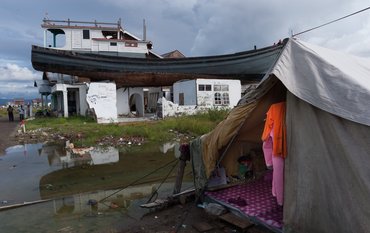




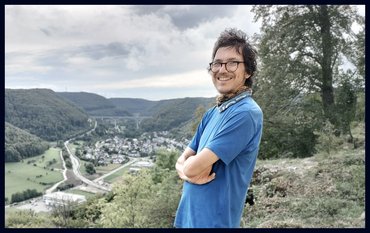
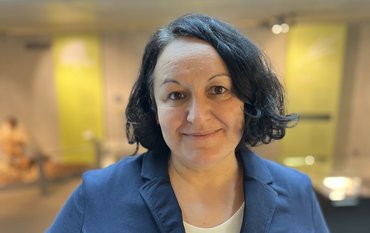

![[Translate to English:] [Translate to English:] Abror Gafurov von dem Schriftzug "Welcome to Azerbaijan" und den UN und COP Logos](/fileadmin/_processed_/2/5/csm_2024_11_Baku_COP29_Abror_Gafurov_1042faec82.jpeg)


![[Translate to English:] Martin Herold standing in front of the library on the Telegrafenberg](/fileadmin/_processed_/c/d/csm_Martin_Herold_d385ee4dd9.jpeg)
![[Translate to English:] Many people are listening to a presentation in the GFZ lecture hall.](/fileadmin/_processed_/c/a/csm_1_Bild1_hell_b9c0e9f5ed.jpeg)
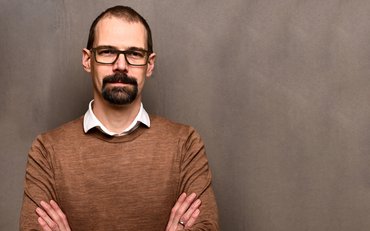

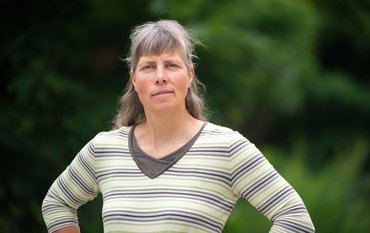

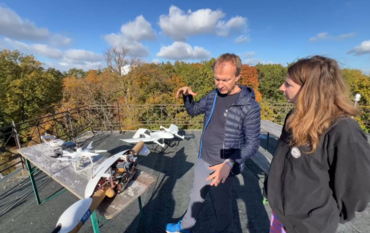

![[Translate to English:] Both scientists sitting on stools in front of a wall of books in the Telegrafenberg library](/fileadmin/_processed_/6/6/csm_Buiter_Castell_DORA_4_e87cb1ea18.jpeg)
![[Translate to English:] Gruppenbild mit 4 Personen](/fileadmin/_processed_/8/d/csm_20241017_GFZ-Emmerman-Medal-005_web_reinhardtundsommer_21a414fa4a.jpeg)

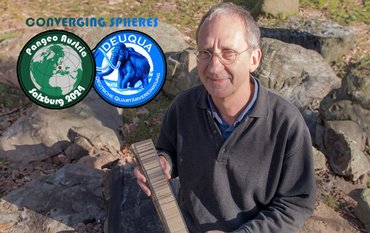


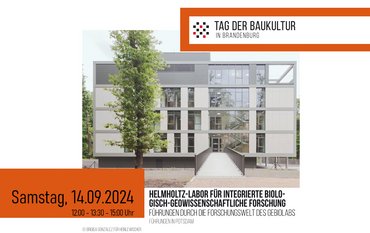
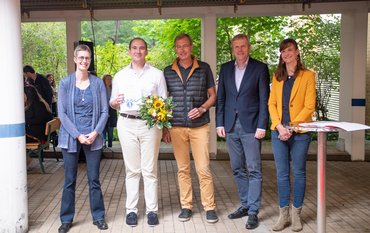
![[Translate to English:] Ice landscape with five red tents](/fileadmin/_processed_/8/9/csm_Zeltlager_auf_dem_Eis_Urheberin_Jenine_McCutcheon_5ced2d523b.jpeg)